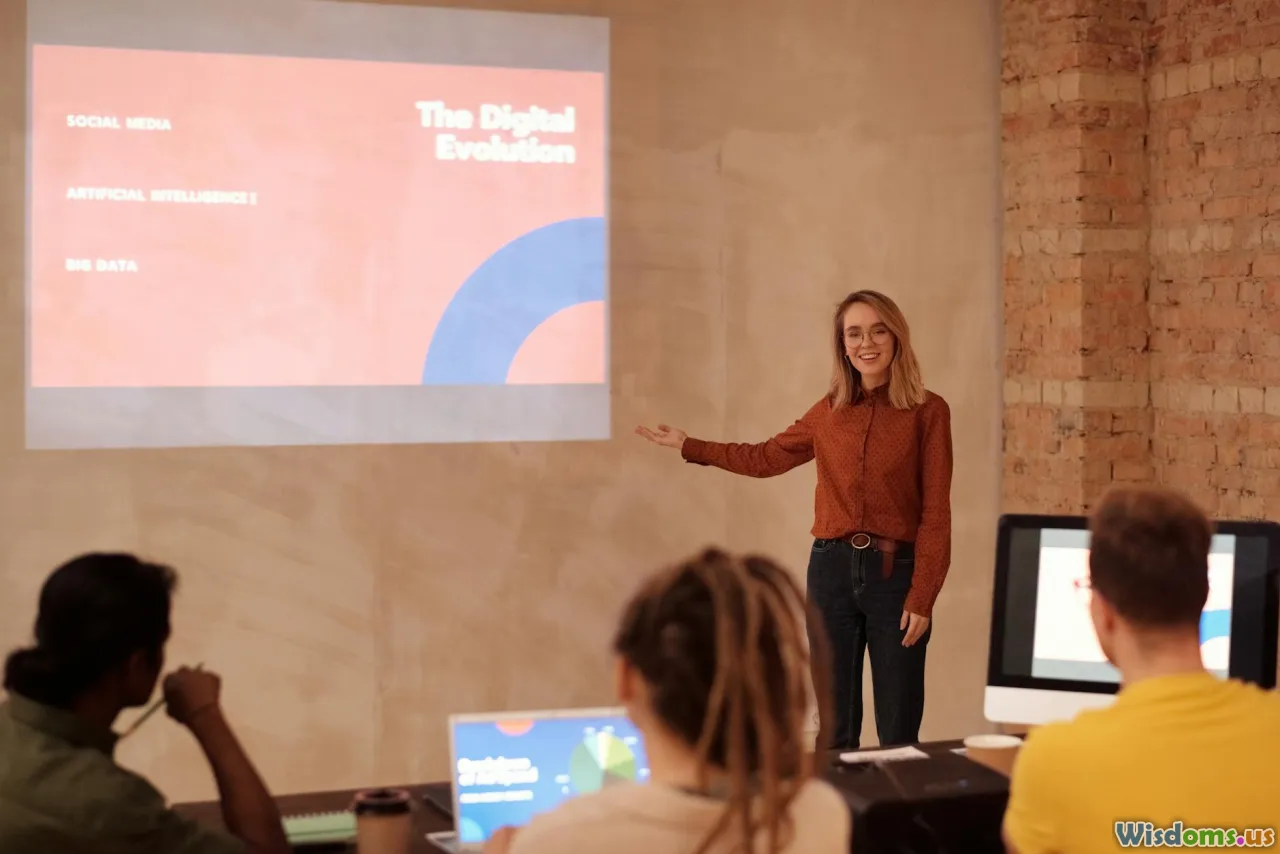
Enhancing Learning Outcomes with Technology
8 min read Explore how technology transforms education to enhance learning outcomes for all students. (0 Reviews)
Enhancing Learning Outcomes with Technology
Introduction
In today’s fast-paced world, technology is reshaping all aspects of our lives, and education is no exception. Innovative tools and approaches are proving to significantly enhance learning outcomes for students and educators alike. The notion that technology can merely supplement traditional learning is being replaced by a more dynamic reality, one in which technology is integral to cultivating effective and adaptive educational environments. But how exactly is technology driving this transformation? Let’s delve deep into the tools, methods, and transformative strategies that enhance learning outcomes through the integration of technology.
The Role of Technology in Modern Education
1. Personalized Learning Experiences
One of the most powerful ways technology is reinventing education is through personalized learning. Unlike traditional educational models, which follow a one-size-fits-all approach, personalized learning uses technology to tailor the educational experience to each individual’s needs, abilities, and interests. For instance, adaptive learning platforms like Khan Academy utilize data analytics to identify student strengths and weaknesses, allowing them to focus on areas that need improvement.
Research from the Bill & Melinda Gates Foundation indicates that personalized learning can significantly improve student engagement and achievement levels. Specifically, students in personalized learning environments show 12% increased growth on standardized assessments. This encouragement signals its efficacy and makes a strong case for bringing adaptive technologies into mainstream education.
2. Engaging Interactive Learning Tools
Engagement is the cornerstone of effective learning. Technology has introduced interactive tools that make the learning process compelling and fun. Platforms like Nearpod and Flipgrid allow teachers to design interactive lessons that incorporate gamification, augmented reality, and multimedia elements. Teachers can pose questions, conduct polls, and gather instant feedback from students, fostering a collaborative learning atmosphere.
According to studies conducted by the University of Southern California, students participating in gamified learning environments can outperform their peers in critical thinking and problem-solving skills. Using these interactive technology tools, educators captivate students’ attention, making them active participants in their learning journey.
3. Access to a Wealth of Resources
The democratization of information has never been as pronounced as it is today, thanks to technology. Students can access vast arrays of information around the globe, breaking down the barriers of traditional classroom learning. Codio, a platform designed to enhance coding education, offers learners a complete coding curriculum, allowing students regardless of geographic location or socio-economic background to learn crucial skills in high demand.
Data shows that more than 70% of students place a high value on resources available online. These resources allow students not only to learn from textbooks but to explore diverse perspectives and find innovative solutions through global collaboration.
The Impact of Artificial Intelligence in Education
4. Intelligent Tutoring Systems
Artificial Intelligence (AI) plays a potentially revolutionary role in enhancing educational outcomes, particularly through intelligent tutoring systems (ITS). Systems like DreamBox Learning, an adaptive math program, utilize AI to provide ongoing assessments and immediate adjustments, delivering tailored lessons right where students need them.
According to a study conducted by the Institute of Education Sciences, students using such systems can achieve up to an average of 13 percentile points higher than their peers. The data insights generated help educators tweak their approaches to meet diverse students’ needs effectively, creating more inclusive learning environments.
5. Predictive Analytics in Education
Predictive analytics driven by AI can further enhance learning outcomes by identifying students at risk of falling behind. Platforms like Civitas Learning employ machine learning to collect and analyze student data to build predictive models that help educators recognize patterns various factors influencing success. This allows the effective placement of intervention strategies before it's too late.
Education Week reported that institutions using predictive analytics reported a 10–20% increase in student retention rates, showcasing the direct correlation between well-informed data decisions and student success.
The Challenge of Technology Adoption
6. Change Management for Educators
While the integration of technology is tempting, the adoption phase can be daunting for educators already accustomed to traditional pedagogies. Utilizing technology isn’t merely about purchasing new tools; it effectively requires a mindset shift from educators and administrators alike.
Professional development workshops aimed at technology integration can help mitigate these challenges. A good example includes EdCamp, where teachers gather insights on best practices and innovative technologies tailored for classrooms, providing support and generating a community focused on shared growth.
7. Equity in Access to Technology
Equity in educational technology is another pressing challenge. Not all students have equal access to technology, creating disparities in learning experiences. According to a Pew Research Center report, nearly 15% of American households with school-aged children lack consistent access to a computer or internet service.
To address this challenge, schools need initiatives to provide resources and connectivity to underprivileged students. Programmers like Tech for America are focusing on community outreach to get affordable technology into the hands of every student, ensuring an even playing field in learning activities.
Conclusion
As technology continues to advance, its potential to reshape and enhance learning outcomes stands unparalleled. With personalized experiences, interactive tools, AI-powered tutorials, and profound resources at students' disposal, the future of education looks bright. However, navigating challenges such as educator adaptation and equitable access remains pivotal.
Ultimately, education stakeholders—teachers, technologists, and policymakers—must work together to harness the capabilities of technology, ensuring that every student experiences a transformative education tailored to their unique journeys. By doing so, we move beyond mere enhancements and lay the foundation for a future where technology is seamlessly integrated into the fabric of learning.
The question remains: what role do you want to play in this technological evolution? The future of education is ultimately collaborative, and your input is crucial to shaping its trajectory.
Rate the Post
User Reviews
Popular Posts





















